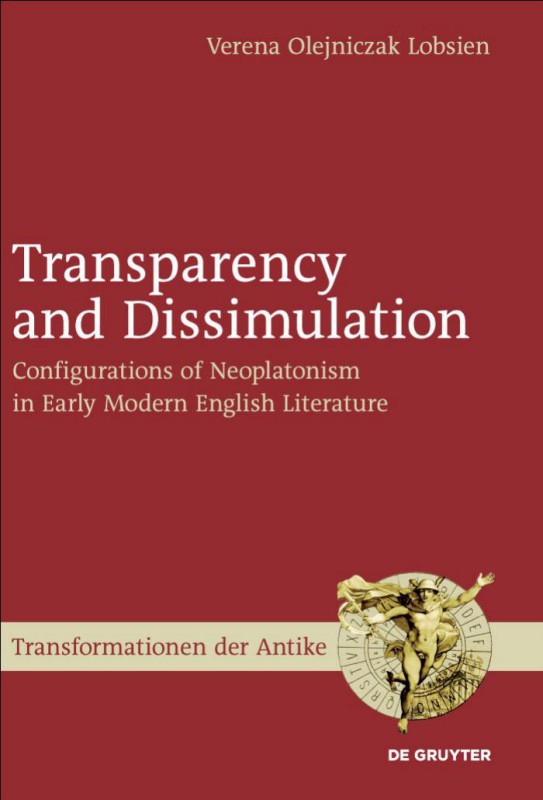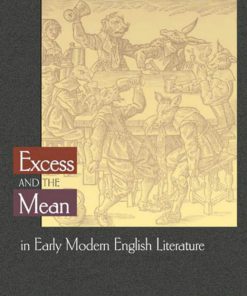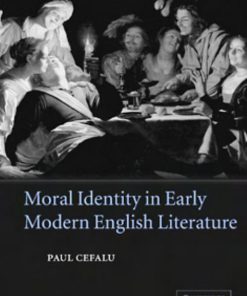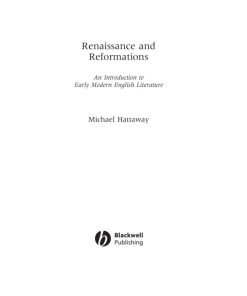Transparency and Dissimulation Configurations of Neoplatonism in Early Modern English Literature 1st edition by Verena Lobsien ISBN 311022884X 978-3110228847
$50.00 Original price was: $50.00.$25.00Current price is: $25.00.
Authors:Verena Olejniczak Lobsien , Tags:Walter de Gruyter 2010 , Author sort:Lobsien, Verena Olejniczak , Ids:311022884X
Transparency and Dissimulation: Configurations of Neoplatonism in Early Modern English Literature 1st edition by Verena Lobsien – Ebook PDF Instant Download/Delivery. 311022884X, 978-3110228847
Full download Transparency and Dissimulation: Configurations of Neoplatonism in Early Modern English Literature 1st Edition after payment
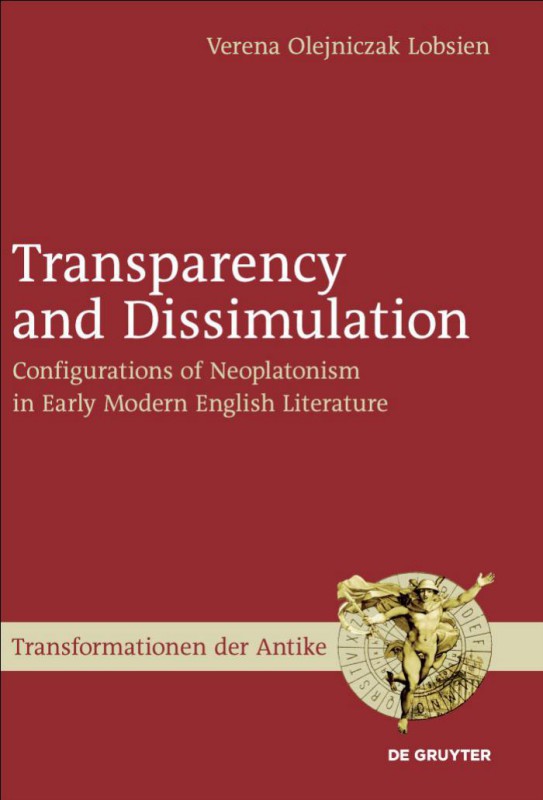
Product details:
ISBN 10: 311022884X
ISBN 13: 978-3110228847
Author: Verena Lobsien
Transparency and Dissimulation analyses the configurations of ancient neoplatonism in early modern English texts. In looking closely at poems and prose writings by authors as diverse as Thomas Wyatt, Philip Sidney, Edmund Spenser, John Donne, Edward Herbert, Andrew Marvell, Thomas Traherne, Thomas Browne and, last not least, Aphra Behn, this study attempts to map the outlines of a neoplatonic aesthetics in literary practice as well as to chart its transformative potential in the shifting contexts of cultural turbulency and denominational conflict in 16th- and 17th-century England. As part of a “new”, contextually aware, aesthetics, it seeks to determine some of the functions neoplatonic structures – such as forms of recursivity or certain modes of apophatic speech – are capable of fulfilling in combination and interaction with other, heterogeneous or even ideologically incompatible elements. What emerges is a surprisingly versatile poetics of excess and enigma, with strong Plotinian and Erigenist accents. This appears to need the traditional ingredients of petrarchism or courtliness only as material for the formation of new and dynamic wholes, revealing its radical metaphysical potential above all in the way it helps to resist the easy answers – in religion, science, or the fashions of libertine love.
Transparency and Dissimulation: Configurations of Neoplatonism in Early Modern English Literature 1st Table of contents:
Part I: Theoretical Frameworks and Historical Contexts
-
Neoplatonism: Origins and Principles
- Historical origins of Neoplatonism in classical philosophy.
- Core concepts: The One, the emanative hierarchy, and the ascent of the soul.
-
Neoplatonism in the Renaissance
- The revival and adaptation of Neoplatonic ideas during the Renaissance.
- The influence of figures like Marsilio Ficino and Pico della Mirandola on English thought.
-
Transparency and Dissimulation in Early Modern Thought
- The tension between openness (transparency) and concealment (dissimulation) in early modern culture.
- Ethical, political, and aesthetic dimensions.
Part II: Literary Configurations of Neoplatonism
-
The Neoplatonic Imagination in Elizabethan Poetry
- Exploration of Neoplatonism in works by Edmund Spenser and Philip Sidney.
- Themes of divine love, beauty, and poetic ascent.
-
Neoplatonic Allegory and Symbolism
- Allegorical structures in The Faerie Queene.
- The symbolic use of light and shadow in Spenser’s vision of the divine.
-
Dissimulation in the Jacobean Stage
- Neoplatonic ideas of appearance and reality in the plays of Ben Jonson and John Webster.
- Theatricality as a space of concealment and revelation.
-
Transparency and Political Authority
- Neoplatonic ideals in political treatises and court literature.
- The tension between visible virtue and hidden power in early Stuart texts.
Part III: Dissimulation and Neoplatonic Ethics
-
Neoplatonism and Religious Controversy
- The intersection of Neoplatonic philosophy and religious debates in early modern England.
- The use of Neoplatonic rhetoric in defending or subverting religious authority.
-
The Ethics of Transparency and Dissimulation
- Philosophical and theological considerations of truth-telling and concealment.
- Early modern moral dilemmas framed within Neoplatonic ethics.
Part IV: Legacy and Transformation
-
Milton and the Neoplatonic Sublime
- Neoplatonic themes in the works of John Milton, particularly Paradise Lost.
- The interplay of light, hierarchy, and spiritual ascent.
-
The Decline of Neoplatonism in English Literature
- Shifts in philosophical paradigms in the late seventeenth century.
- The transition to rationalism and empiricism.
People also search for Transparency and Dissimulation: Configurations of Neoplatonism in Early Modern English Literature 1st:
transparency and disclosure
what is the difference between transparency and honesty
transparency is a ___ of matter
histogram transparency matplotlib
transparency assumption

